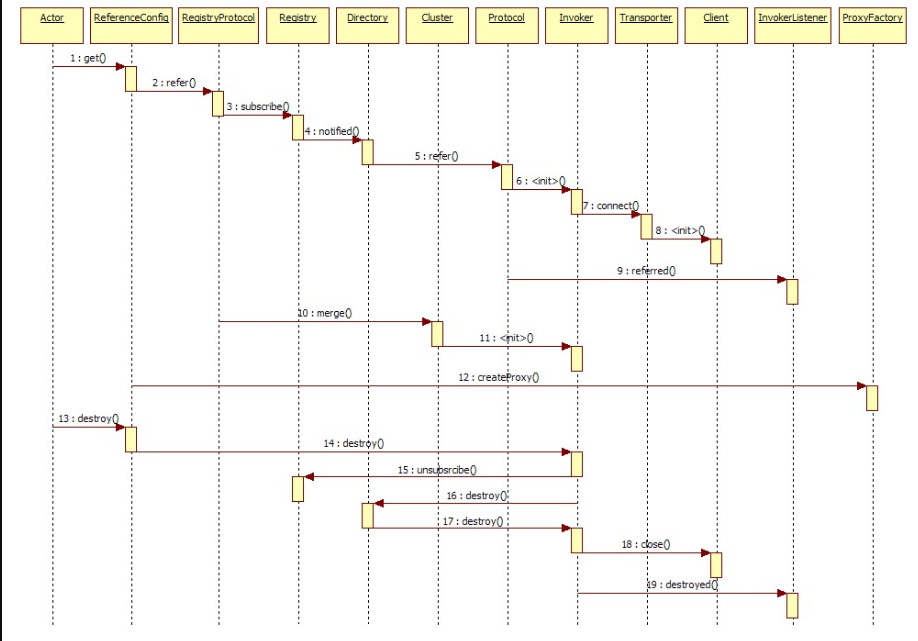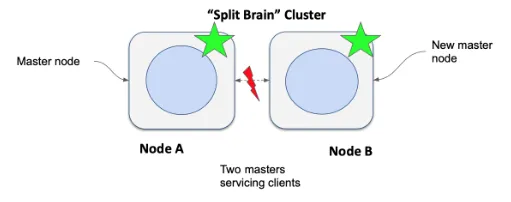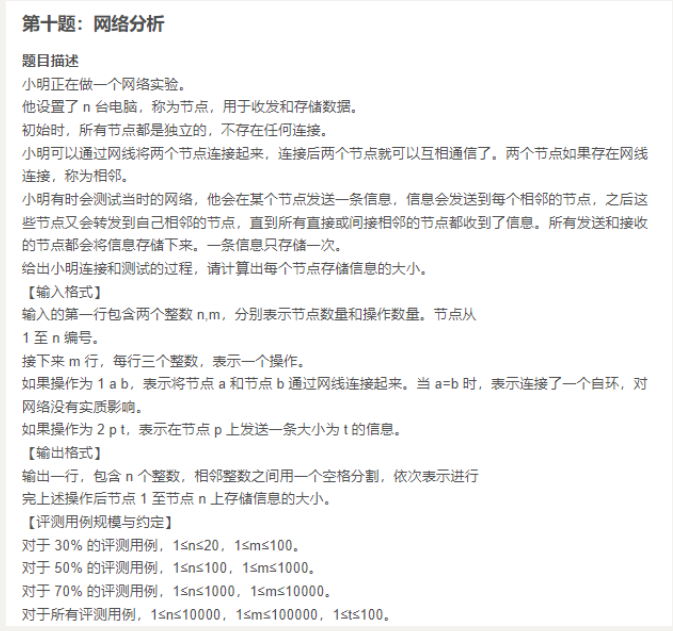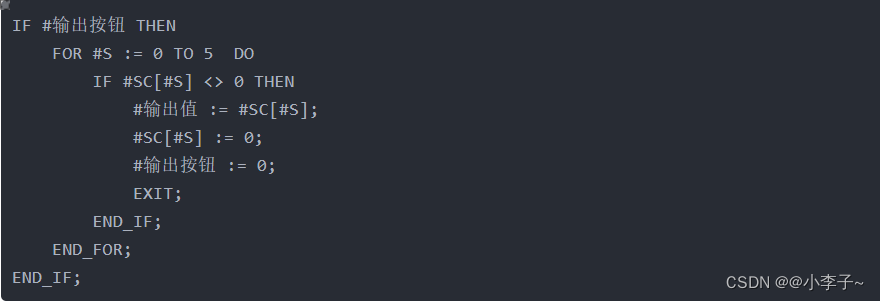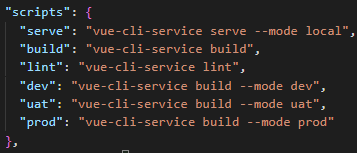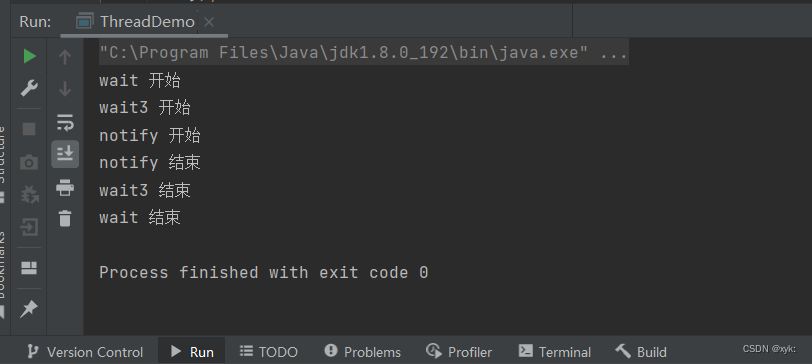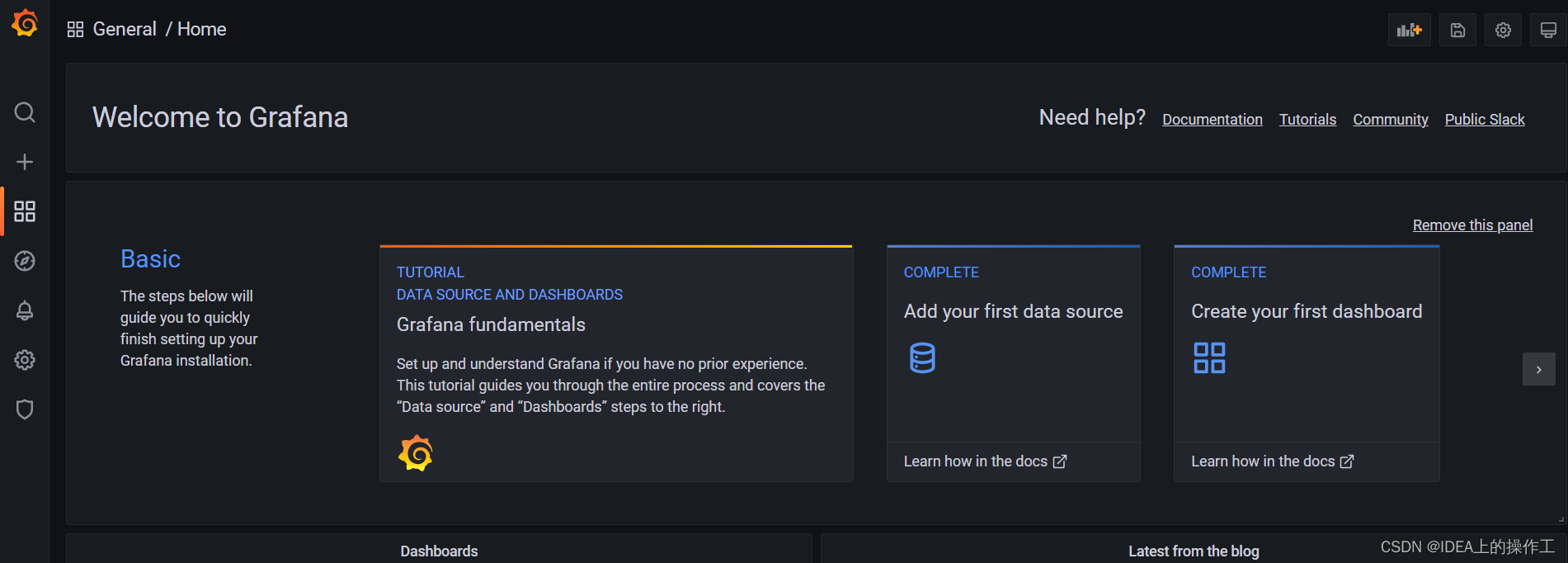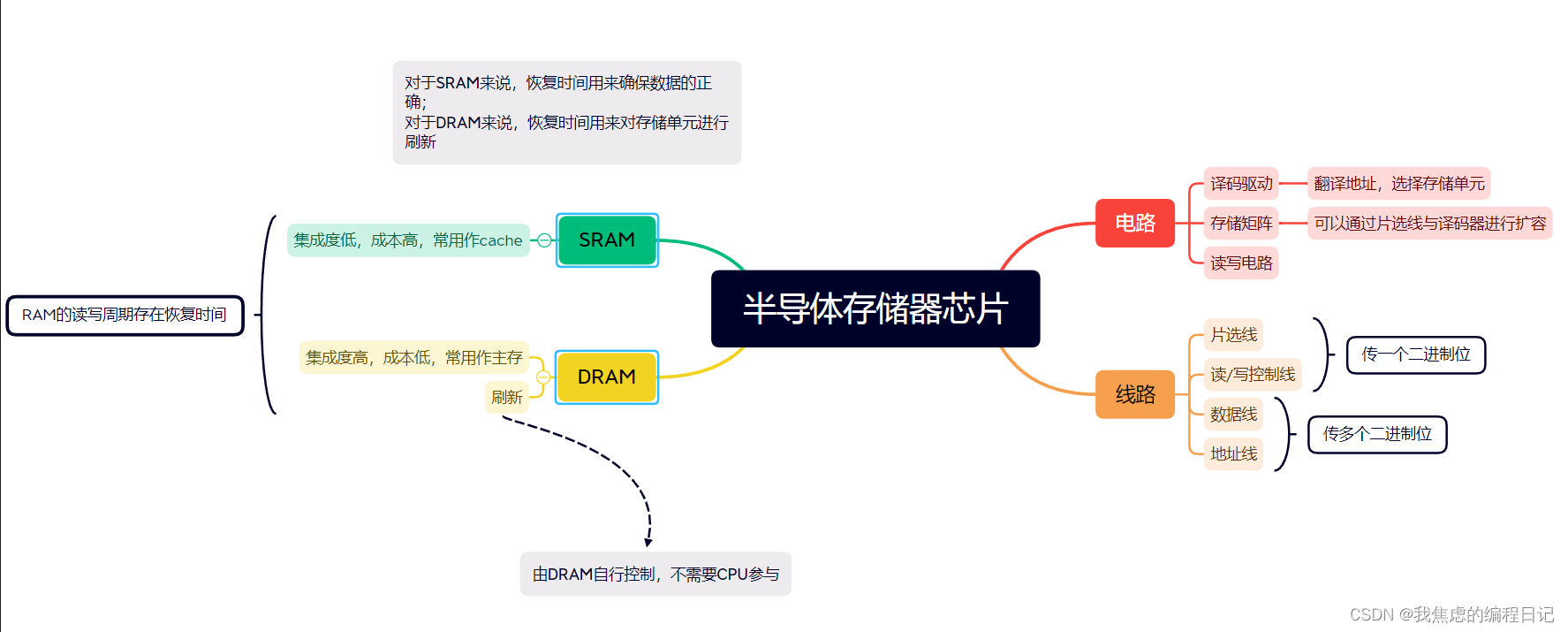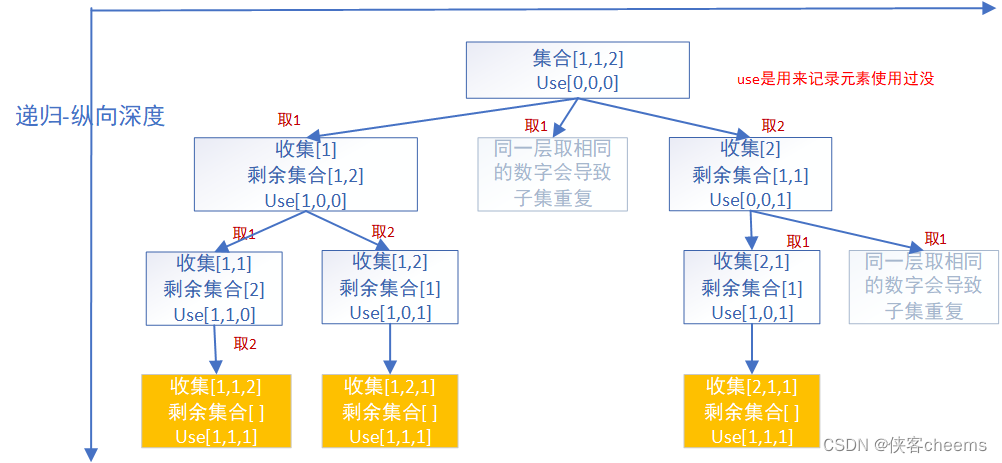Swagger
背景信息
什么是前后端分离:
即: Vue + Springboot 开发模式
以前是后端时代(后端是主力):前端只用管理静态页面;html—>后端。
前后端分离时代:
- 前端 :前端控制层、视图层【前端团队】
- 后端:后端控制层、服务层、数据访问层【后端团队】
- 前后端通过API进行交互【交互方式(http/rpc)】
- 前后端相对独立且松耦合;
- 前后端甚至可以部署在不同的服务器上
产生的问题:
前后端集成,前端或者后端无法做到“及时协商解决”,最终导致问题集中爆发
解决方案
- 定义schema [ 计划的提纲 ],并实时跟踪最新的API,降低集成风险
- 早些年:通过指定word计划文档的方式
前端测试后端接口:postman
后端提供接口,需要实时更新最新的消息及改动!
Swagger诞生
官网:
https://swagger.io/
- 号称世界上最流行的API框架
- Restful Api 文档在线自动生成器 => API 文档 与API 定义同步更新
- 直接运行,在线测试API
- 支持多种语言 (如:Java,PHP等)
入门Demo
1、创建项目环境
-
创建一个普通的SpringBoot项目,添加支持web应用的启动器
-
添加Maven依赖
引入SpringBoot集成Swagger的相关Jar包
<!-- https://mvnrepository.com/artifact/io.springfox/springfox-swagger2 -->
<dependency>
<groupId>io.springfox</groupId>
<artifactId>springfox-swagger2</artifactId>
<version>2.9.2</version>
</dependency>
<!-- https://mvnrepository.com/artifact/io.springfox/springfox-swagger-ui -->
<dependency>
<groupId>io.springfox</groupId>
<artifactId>springfox-swagger-ui</artifactId>
<version>2.9.2</version>
</dependency>
- 编写HelloController,测试确保运行成功!
package com.carson.controller;
import org.springframework.web.bind.annotation.RequestMapping;
import org.springframework.web.bind.annotation.RestController;
@RestController
public class HelloController {
@RequestMapping("/hello")
public String toHello(){
return "hello";
}
}
- 创建SwaggerConfig配置类:
package com.carson.config;
import org.springframework.context.annotation.Configuration;
import springfox.documentation.swagger2.annotations.EnableSwagger2;
@Configuration //配置类
@EnableSwagger2// 开启Swagger2的自动配置
public class SwaggerConfig {
}
- 启动测试,访问:
http://localhost:8080/swagger-ui.html
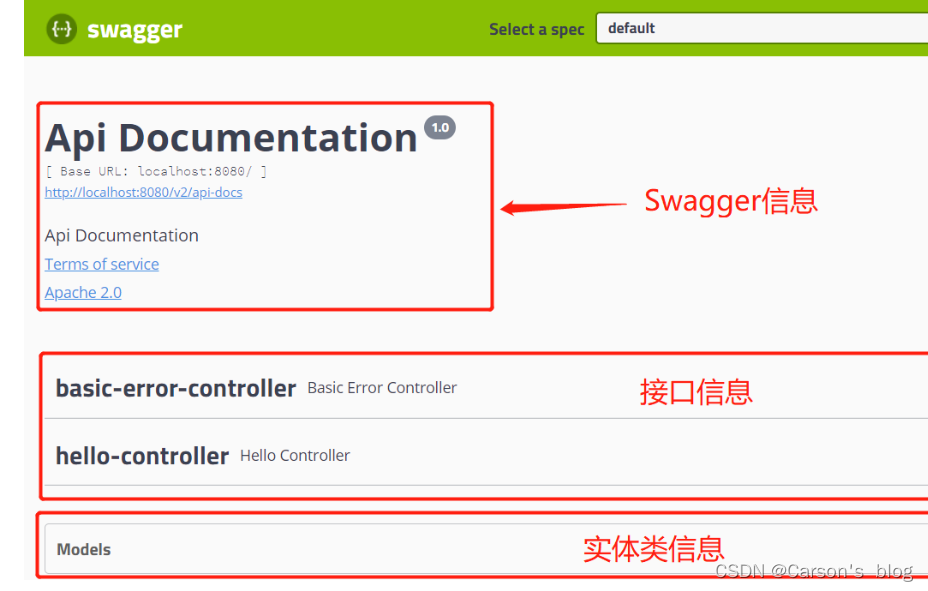
注: 报错的话更改 spring-boot-starter-parent 版本,降低版本!!
Swagger的配置
在
SwaggerConfig配置类中,由于Swagger的实例Bean是Docket类,所以通过配置Docket实例来配置Swaggger
配置基本页面的文档信息
- Docket 实例关联上 apiInfo(),可以通过apiInfo()配置文档信息
@Bean
public Docket docket() {
return new Docket(DocumentationType.SWAGGER_2).apiInfo(apiInfo());
}
//配置文档信息
private ApiInfo apiInfo() {
Contact contact = new Contact("koko", "http://xxx.xxx.com/联系人访问链接", "联系人邮箱");
return new ApiInfo(
"Swagger学习", // 标题
"学习演示如何配置Swagger", // 描述
"v1.0", // 版本
"http://terms.service.url/组织链接", // 组织链接
contact, // 联系人信息
"Apach 2.0 许可", // 许可
"许可链接", // 许可连接
new ArrayList<>()// 扩展
);
}
- 测试,访问http://localhost:8080/swagger-ui.html
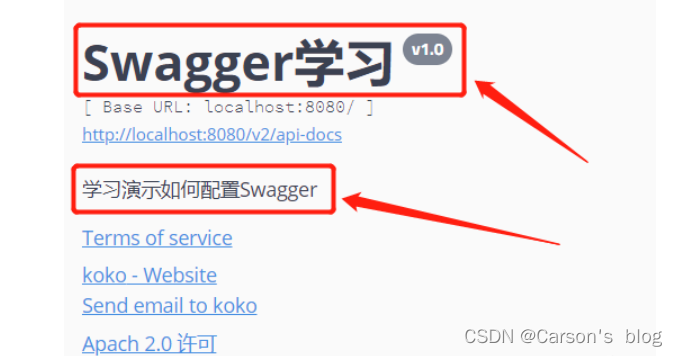
配置扫描接口
- 对于
SwaggerConfig配置类:
@Bean
public Docket docket() {
//链式编程
return new Docket(DocumentationType.SWAGGER_2)
.apiInfo(apiInfo())
//enable设置是否启动Swagger
.enable(false)
//通过.select()方法,去配置扫描接口
.select()
//RequestHandlerSelectors配置如何扫描接口
.apis(RequestHandlerSelectors.basePackage("com.carson.controller"))
// 配置如何通过path过滤,即这里只扫描请求以/carson开头的接口
.paths(PathSelectors.ant("/carson/**"))
.build();
}
RequestHandlerSelectors配置的一些方法:
any() // 扫描所有,项目中的所有接口都会被扫描到
none() // 不扫描接口
// 通过方法上的注解扫描,如withMethodAnnotation(GetMapping.class)只扫描get请求
withMethodAnnotation(final Class<? extends Annotation> annotation)
// 通过类上的注解扫描,如.withClassAnnotation(Controller.class)只扫描有controller注解的类中的接口
withClassAnnotation(final Class<? extends Annotation> annotation)
basePackage(final String basePackage) // 根据包路径扫描接口
PathSelectors配置的一些方法:
any() // 任何请求都扫描
none() // 任何请求都不扫描
regex(final String pathRegex) // 通过正则表达式控制
ant(final String antPattern) // 通过ant()控制
配置swagger的开启和关闭
SwaggerConfig配置类中:
通过enable()方法配置是否启用swagger,如果是false,swagger将不能在浏览器中访问了!
@Bean
public Docket docket(Environment environment) {
// 设置要显示swagger的环境
Profiles of = Profiles.of("dev", "test");
// 判断当前是否处于该环境
// 通过 enable() 接收此参数判断是否要显示
boolean b = environment.acceptsProfiles(of);
return new Docket(DocumentationType.SWAGGER_2)
.apiInfo(apiInfo())
//enable设置是否启动Swagger
.enable(b)
//通过.select()方法,去配置扫描接口
.select()
//RequestHandlerSelectors配置如何扫描接口
.apis(RequestHandlerSelectors.basePackage("com.carson.controller"))
// 配置如何通过path过滤,即这里只扫描请求以/carson开头的接口
.paths(PathSelectors.ant("/carson/**"))
.build();
}
-
如何动态配置当项目处于test、dev环境时显示swagger,处于pro时不显示?
2.1 设置配置文件:
application.properties:spring.profiles.active=devapplication-dev.properties(开发环境)server.port=8081application-pro.properties(发布环境)server.port=8082 -
测试:
访问:http://localhost:8081/swagger-ui.html时:(开发环境)时,页面正常访问;
访问:http://localhost:8082/swagger-ui.html时:(发布环境)时,无法访问!!!
最终实现环境改变的功能!!!
配置API分组
在
SwaggerConfig配置类的docket方法中,如果没有配置分组,默认是default。
通过groupName()方法即可配置分组,如下:
@Bean
public Docket docket(Environment environment) {
return new Docket(DocumentationType.SWAGGER_2).apiInfo(apiInfo())
.groupName("hello") // 配置分组
// 省略配置....
}
则配置多个分组的方法: 配置多个docket,如下:
@Bean
public Docket docket1(){
return new Docket(DocumentationType.SWAGGER_2).groupName("group1");
}
@Bean
public Docket docket2(){
return new Docket(DocumentationType.SWAGGER_2).groupName("group2");
}
@Bean
public Docket docket3(){
return new Docket(DocumentationType.SWAGGER_2).groupName("group3");
}
测试,访问:http://localhost:8081/swagger-ui.html,如下:

swagger常见注解
Swagger的所有注解定义在
io.swagger.annotations包下
下面是常见的注解:
| Swagger注解 | 注解说明: |
|---|---|
| @Api(tags = “xxx模块说明”) | 作用在模块类上 |
| @ApiOperation(“xxx接口说明”) | 作用在接口方法上 |
| @ApiModel(“xxxPOJO说明”) | 作用在模型类上:如VO、BO |
| @ApiModelProperty(value = “xxx属性说明”,hidden = true) | 作用在类方法和属性上,hidden设置为true可以隐藏该属性 |
| @ApiParam(“xxx参数说明”) | 作用在参数、方法和字段上,类似@ApiModelProperty |
对上面注解的使用的例子如下:
1.HelloController类用于页面控制跳转
package com.carson.controller;
import com.carson.pojo.User;
import io.swagger.annotations.Api;
import io.swagger.annotations.ApiOperation;
import io.swagger.annotations.ApiParam;
import org.springframework.web.bind.annotation.GetMapping;
import org.springframework.web.bind.annotation.PostMapping;
import org.springframework.web.bind.annotation.RestController;
@Api(tags = "1、模块类")
@RestController
public class HelloController {
@GetMapping("/hello")
public String hello(){
return "hello";
}
@PostMapping("/user")
public User user(){
return new User();
}
@ApiOperation("2、接口方法")
@GetMapping("/hello02")
public String toHello02(@ApiParam("5、接口中的参数、方法和字段") String username){
return "hello" + username;
}
}
2.User实体类
package com.carson.pojo;
import io.swagger.annotations.ApiModel;
import io.swagger.annotations.ApiModelProperty;
@ApiModel("3、模型类(实体类)")
public class User {
@ApiModelProperty("4、属性-用户名")
public String username;
@ApiModelProperty("4、属性-密码")
public String password;
}
3.测试结果如下:

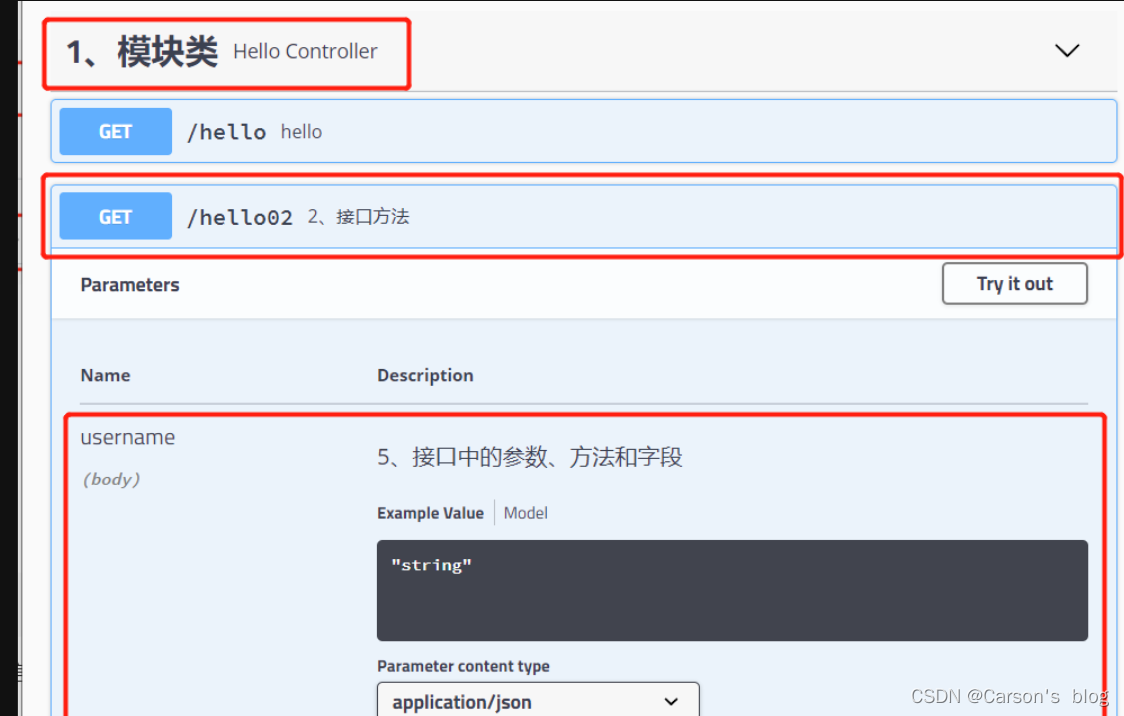
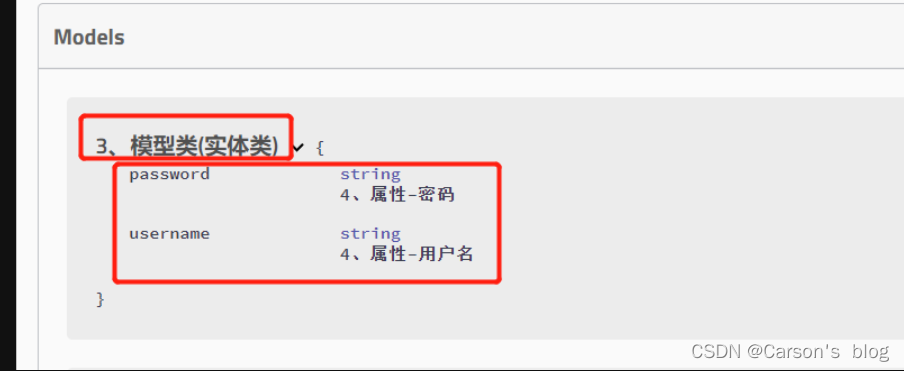
总结:
swagger的功能:
- 可以通过Swagger给一些比较难理解的属性或者接口,增加注释信息
- 接口文档可以实时更新
- 可以在线测试接口
注意: 在正式发布项目的时候,关闭Swagger!!!处于安全考虑(避免其他非公司人员访问项目接口),也同时节省运行内存!!!
创作不易!!感谢观看!!




